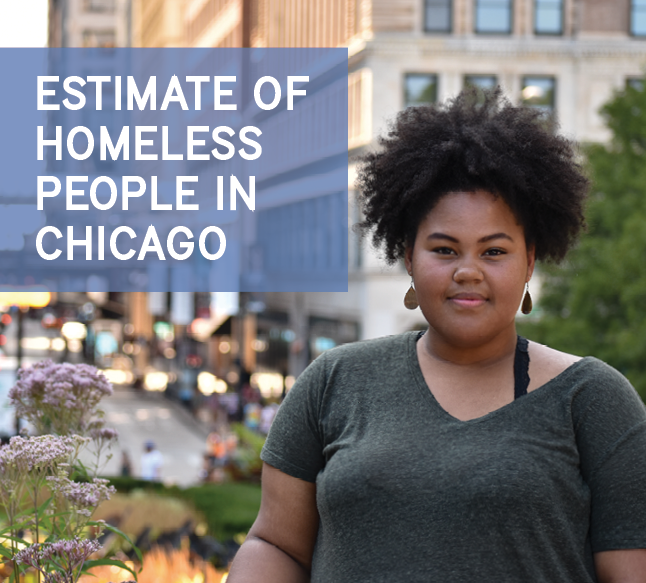Temporarily staying with others is the way that most people—particularly families with children— experience homelessness. Too little affordable housing, insufficient living-wage work, limited access to medical care, and domestic violence are some of the reasons people face homelessness, and homeless services are equipped to provide shelter and transitional housing to only a fraction of those experiencing homelessness. Temporarily staying with others is a means of survival.

The traditional “Point-in-Time” method for enumerating homelessness tallies those experiencing street and shelter homelessness on a designated night of the year, but it fails to account for those temporarily staying with others. Point-in-Time methodology woefully undercounts homelessness and, worse, points to the wrong policy solutions. To reflect all forms of homelessness that one might experience, Chicago Coalition for the Homeless (CCH) developed a model for estimating those in temporary living situations. The methodology was developed by the Social IMPACT Research Center of Heartland Alliance, in partnership with researchers at Vanderbilt University and CCH.
Download the full Estimate of Homeless People in Chicago (2023) report. This Chicago Coalition for the Homeless report includes detailed methodological information, estimates on sub-populations and changes year-to-year, and interviews with people with lived experience of homelessness.
Are you interested in completing a similar estimate for another city? Contact us.
